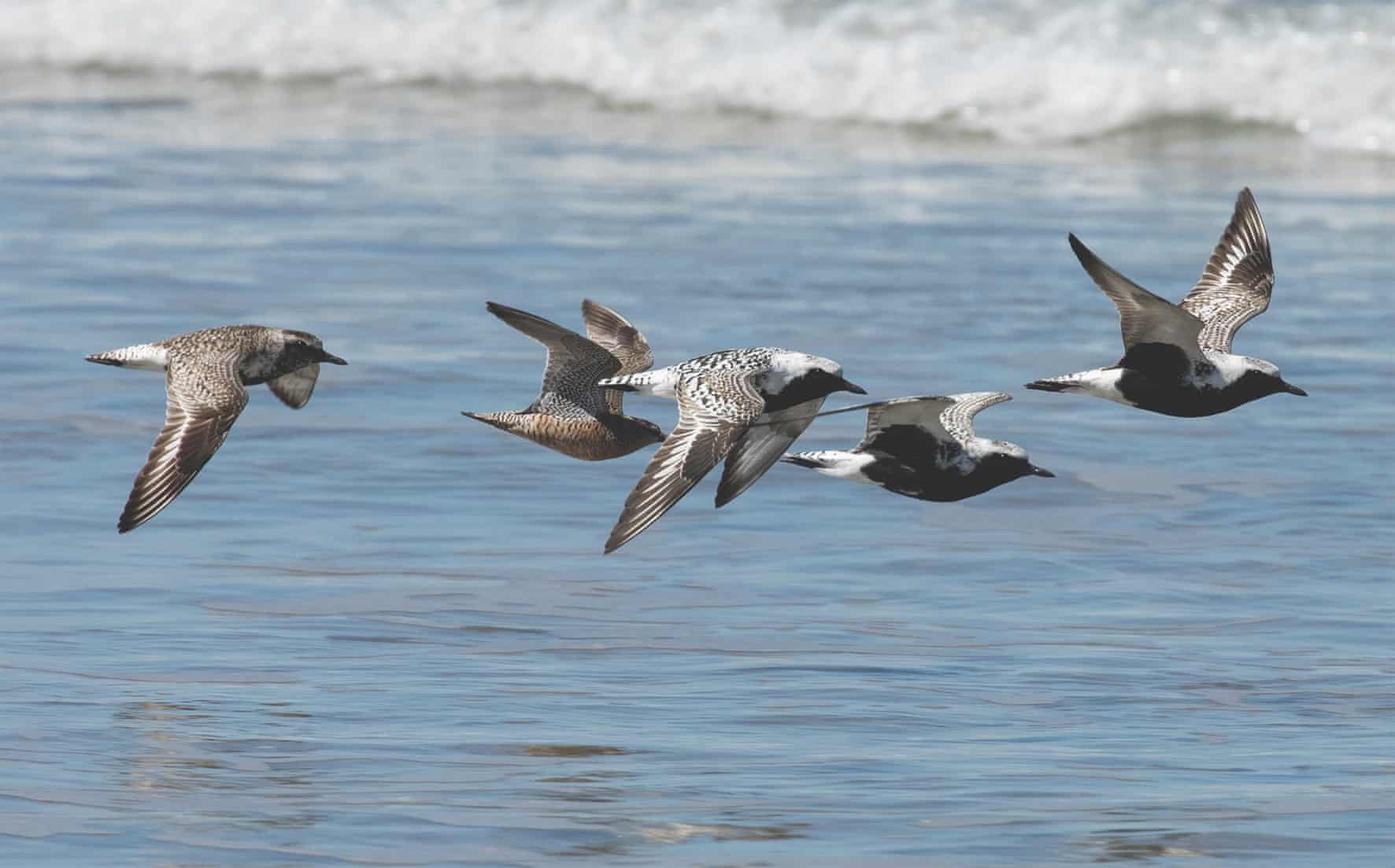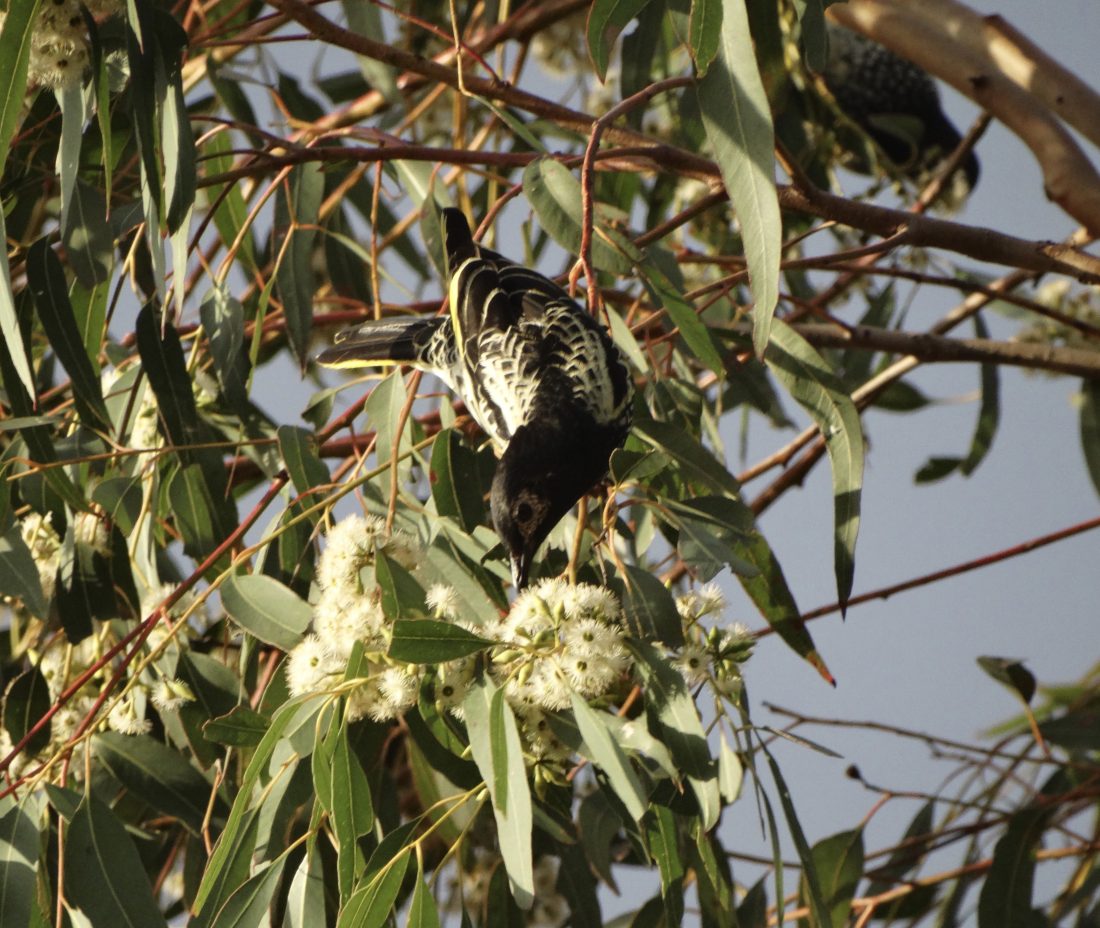Flight Lines
Nearly 20 years ago, in pursuit of a different sort of life, I spent six months commuting between Brisbane and Robbins Island, a remote chunk of privately owned land just off the far north-west coast of Tasmania. My job at the time was identifying and counting birds as part of an environmental impact assessment for a proposed windfarm.
The uninhabited island is a tough place to get around, accessible only by four-wheel-drive across the mudflats, at low tide. But its wild west coast is a haven for many thousands of migratory shorebirds, around 25 species of which perform marathon, nearly non-stop flights from the Siberian tundra, where they breed, all the way to Australia and back, every year.
Going through my notes from December 2002, a few numbers jump out: over 600 Curlew Sandpipers; 100 Great Knots; 180 Grey Plovers; more than 3,000 Red-necked Stints. One month later, these birds were joined by over 240 Bar-tailed Godwits. The numbers were impressive, but fairly typical at the time.

Now the windfarm proposal is back on, and Andrew Darby – a Hobart-based journalist and the author of a new book, Flight Lines – has been helping survey birds on the island again.… Read more..
